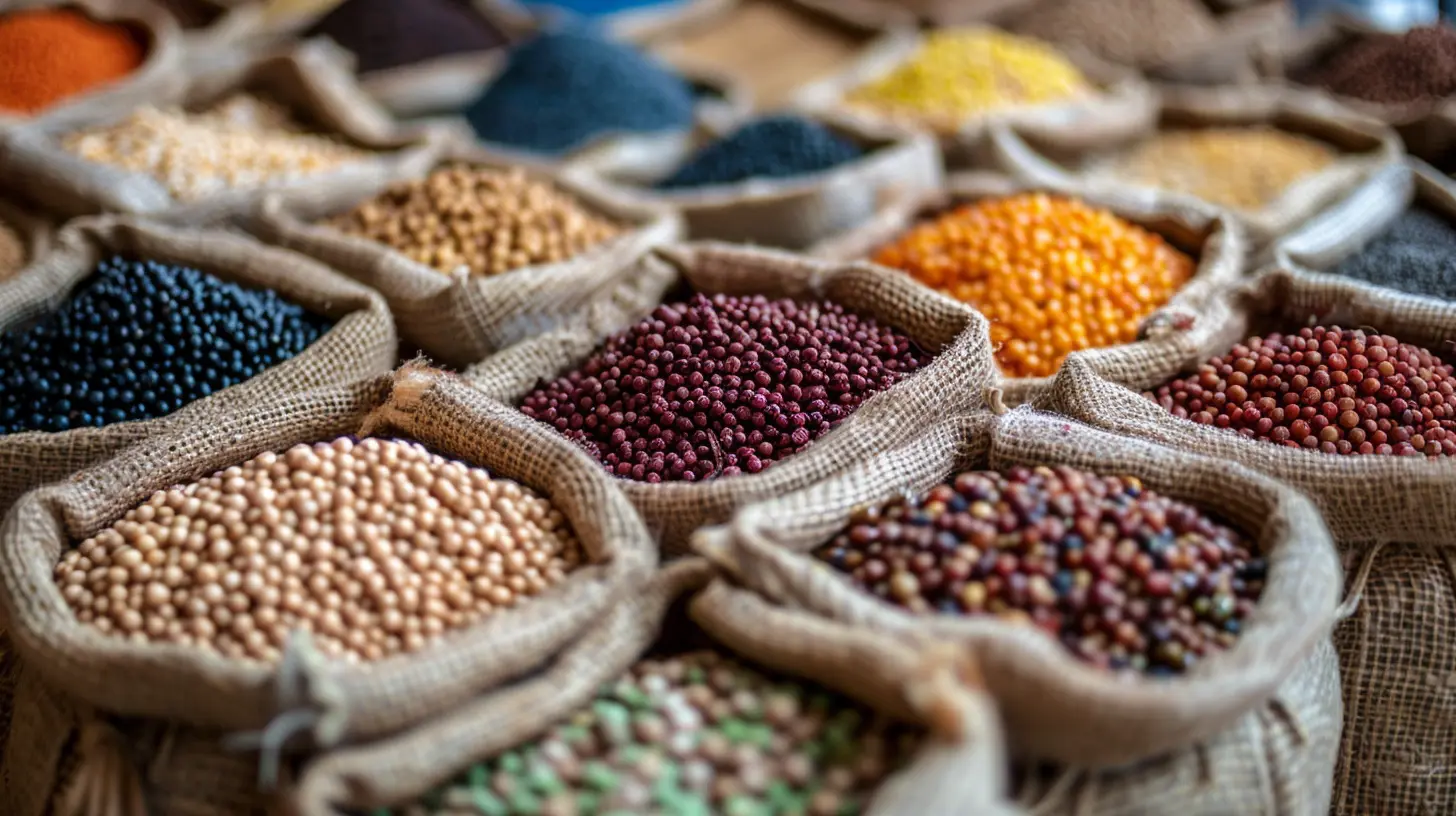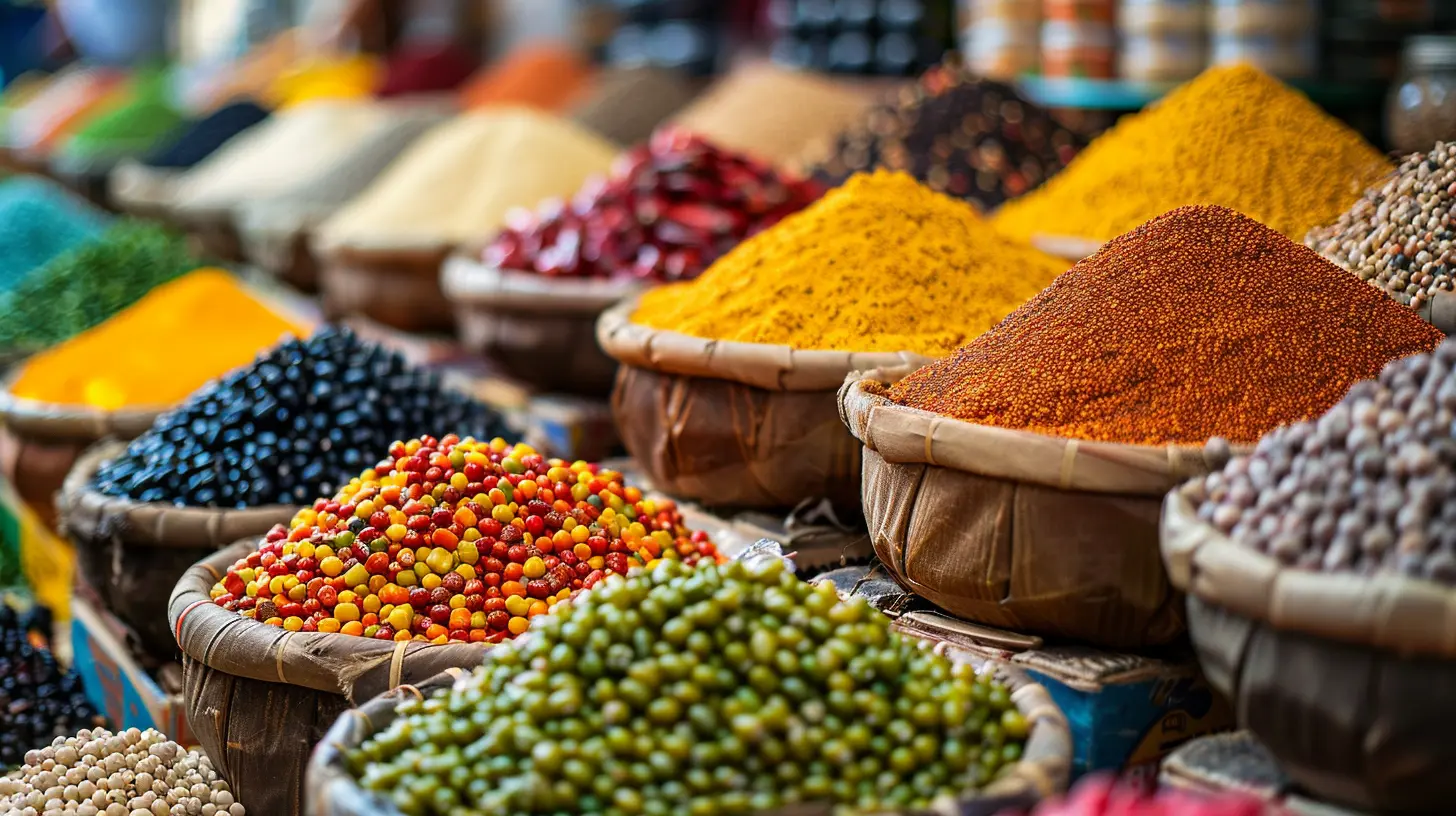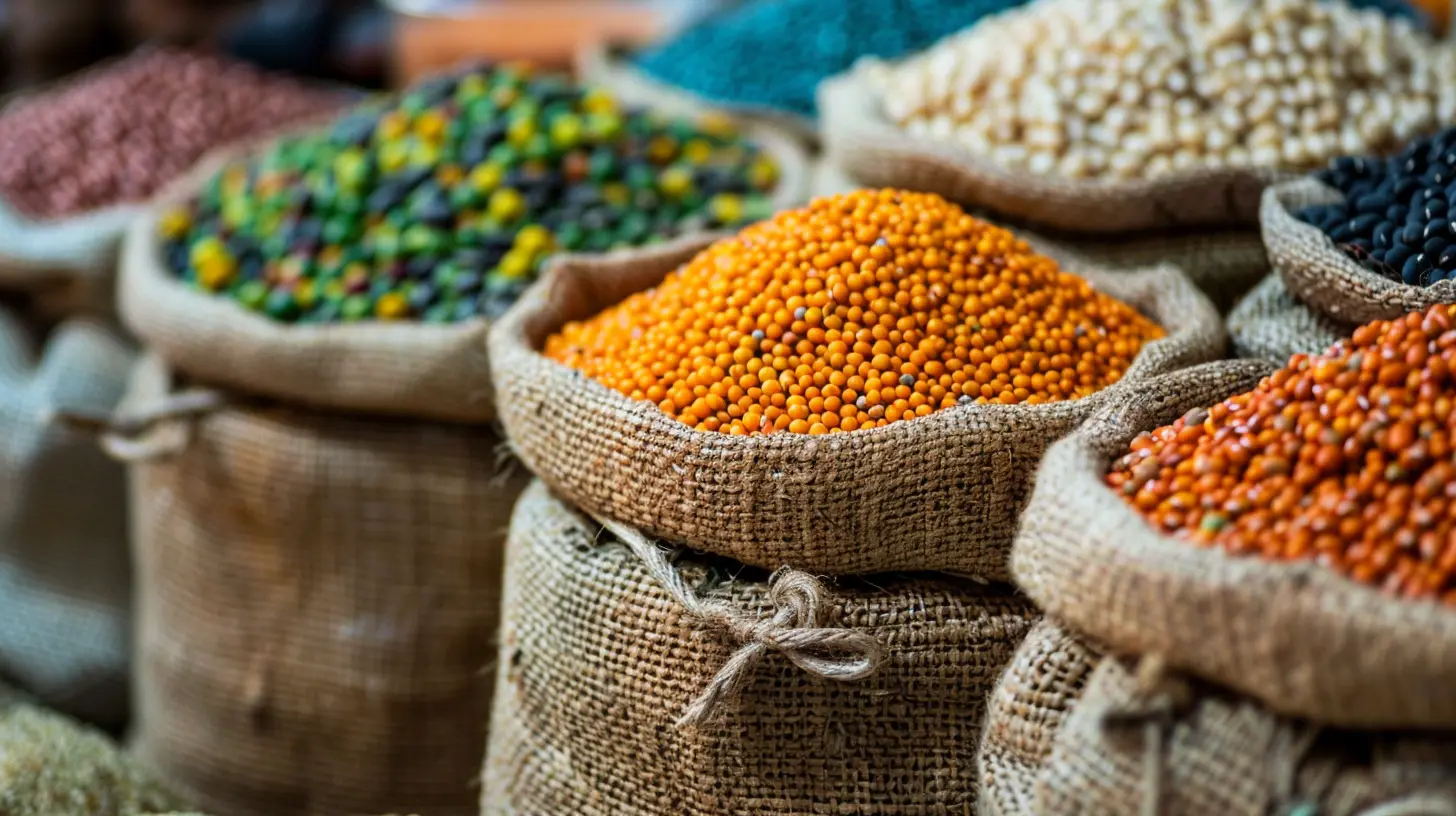How Global Commodity Prices Drive Inflationary Pressure
20 July 2025
Let’s face it—talking about inflation isn’t exactly thrilling. But understanding what drives it? That’s power. If you’ve ever felt the sting of rising grocery bills or gas prices burning a hole in your wallet, you’ve experienced inflation up close and personal. And guess what often fuels that fire? You got it—global commodity prices.
Whether it's the cost of crude oil, wheat, or metals like copper and aluminum, these commodities aren’t just numbers on a trading screen. They're the lifeblood of economies. When their prices go up, you're likely to feel the ripple effects almost everywhere—from your morning coffee to your electric bill.
In this article, we’re going to break it all down: how global commodity prices impact inflation, why that matters to you (and your budget), and what we can expect in the near future. Buckle up—this isn’t just economics, it’s your everyday life.
What Are Commodities Anyway?
Before diving into complex economic forces, let’s keep it simple. Commodities are raw materials used to produce goods and services. Think oil, gas, gold, wheat, corn, soybeans, coffee, and metals like iron, copper, and aluminum. They're the building blocks of the global economy.Now, there are two broad types of commodities:
- Hard commodities: Natural resources like oil, gas, and metals.
- Soft commodities: Agricultural products like cotton, cocoa, and grains.
These assets are bought and sold in massive quantities around the world, and their prices can swing wildly. And trust me, when they move, they shake the entire economic system.
Why Commodity Prices Matter So Much
Commodity prices are like the pulse of the economy. When they go up, everything that depends on them becomes more expensive. Let’s break this down.Imagine you're running a bakery. If the price of wheat doubles because of a poor harvest in the U.S. or a war in a major producing region, your flour costs surge. You either eat the cost or pass it on to your customers. Usually, it's the latter. And that? That’s inflation in action.
This happens on a much bigger scale with essential commodities like oil. If global oil prices jump, transportation, manufacturing, and heating costs rise. Companies pass those costs onto consumers. Cue higher prices across the board.
Global Commodity Prices and the Inflation Link
Alright, here’s the meat of it. So, how exactly do global commodity prices drive inflationary pressure?1. Cost-Push Inflation
This is the biggie. Cost-push inflation happens when production costs rise, leading producers to increase the price of the final product. Commodities like crude oil, natural gas, or metals play a major role here.Example: When oil prices spike, fuel becomes more expensive. That increases transportation costs. Now it costs more to ship your Amazon packages, stock your local supermarket shelves, or fly you to your vacation. All those added costs? They show up in your bill.
2. Supply Chain Disruptions
Global markets are incredibly interconnected. A drought in Argentina, a flood in India, or geopolitical tensions in the Middle East can all disrupt commodity supplies. That imbalance between demand and supply? It pushes prices up.And here's the kicker—when one vital commodity becomes scarce or too expensive, it impacts several industries. It’s like pulling a loose thread from a sweater; the whole thing starts to unravel.
3. Currency Fluctuations and Import Dependencies
If a country heavily imports key commodities, a weaker currency can spell trouble. For instance, if the dollar strengthens and you're buying oil in rupees or pesos, your import bill skyrockets. That increase filters down to the whole economy, raising prices for consumers.
Let’s Talk Oil – The King of Commodities
Hands down, crude oil is the most influential commodity when it comes to inflation. It’s everywhere—fuel, plastic, fertilizers, chemicals—you name it.Think about it: higher oil prices mean higher transportation and manufacturing costs. Those higher costs get baked into everything from food to electronics. When oil prices rally, inflation tends to follow like a shadow.
Case in Point: Remember 2022? Global politics threw oil prices into chaos. Supply constraints and geopolitical tensions drove prices up. That resulted in soaring prices at the pump and a significant uptick in global inflation rates.
The Food Connection – How Agricultural Commodities Affect Inflation
It’s not just oil. Food commodities are equally mighty when it comes to inflationary impact. When global prices for essentials like wheat, corn, and soybeans spike, you pay more for bread, cereal, meat—basically, your entire grocery cart.Several factors can mess with agriculture-based commodity supply:
- Climate change and extreme weather
- Global conflicts
- Pests and plant diseases
- Export bans or tariffs
Shortage in one part of the world can mean higher prices everywhere else. It’s a domino effect.
Metals and Manufacturing – The Understated Impact
Now let’s talk copper, aluminum, steel—you know, the quiet giants. They don’t get as much headline love, but their impact is profound.These metals are crucial for construction, electronics, automobiles, and infrastructure. When construction booms (like post-pandemic recovery), demand for these metals skyrockets. With tight supply, prices shoot up. And again, those costs get passed down the chain.
Ever wondered why your new fridge or car costs more than you expected? Raw material prices are a huge factor.
Speculation: The Hidden Hand Behind Commodity Price Swings
Here’s a dirty little secret—not all commodity price changes are about supply and demand. Sometimes, it’s just investors playing the market.Commodities are traded on futures markets. That means traders bet on where prices will go. When investors flood into oil or wheat futures expecting prices to rise, they actually drive up the price. It's self-fulfilling.
This speculation can lead to inflated prices that don’t reflect actual market conditions. Unfortunately, real-world inflation doesn’t care. Whether prices are driven by fundamentals or speculation, consumers still pay more.
Central Banks and Their Inflation Headache
Commodity-driven inflation puts central banks in a tough spot. Their usual tool to tame inflation is to raise interest rates. But if inflation is caused by commodity shocks (like a global oil crunch), higher interest rates may not solve the root problem.What it does do is cool down demand. Higher rates mean loans get more expensive—mortgages, car loans, credit cards. That discourages spending and borrowing, helping to ease price pressures eventually.
Still, it’s a blunt instrument. And it’s not without pain.
Inflation Isn’t Equal Everywhere
Here’s something people often overlook: the effect of global commodity prices on inflation varies by country.- Resource-rich countries: Places like Canada or Australia might benefit when commodity prices rise—they export these goods.
- Import-dependent nations: Countries reliant on importing oil, gas, or food suffer more acutely. Their inflation rates can spike pretty dramatically when commodity prices climb.
So while global commodities are traded worldwide, their local impacts differ wildly.
The Human Side of Inflation
This all sounds pretty technical, right? But let’s bring it down to earth again.When inflation heats up, your paycheck buys less. Rent goes up. So does food. Commuting costs more. Savings lose value. For low and middle-income families, this bites hard.
That’s why understanding the triggers—like commodity price spikes—is so important. The more we understand the mechanics, the more empowered we are to prepare and adapt.
Can We Do Anything About It?
Not completely, but there are ways to lessen the blow.- Energy diversification: Reducing reliance on oil by investing in renewables can minimize inflationary shocks.
- Robust supply chains: Stronger, more diversified supply chains help countries weather commodity disruptions better.
- Buffer stocks: Strategic reserves (like oil or grain) can help stabilize domestic prices during global turmoil.
On a personal level, keeping an eye on inflation trends can help you make smarter financial choices—like locking in mortgage rates or seeking inflation-protected investments.
Looking Ahead: Will Commodity Prices Keep Driving Inflation?
Short answer? It depends.Geopolitical tensions, climate events, and demand shifts from emerging markets will keep influencing commodity prices. And as long as that happens, inflation will remain a moving target.
The world is also transitioning toward a greener economy. That shift will increase demand for metals like lithium, cobalt, and copper, potentially creating new inflationary pressures due to constrained supplies.
Bottom line: commodities and inflation are tied at the hip. So don’t sleep on this topic—it’s more relevant than ever.
Wrapping It Up
So, next time you’re staring at a higher grocery bill or a surge in gas prices, just know there’s a whole world of commodity-driven drama playing behind the scenes. From oil fields to trading floors to central banks, global commodity prices have an outsized role in pushing inflation up or down.It’s not always easy to navigate, but staying informed helps. Understanding how these economic levers work gives you a fighting chance to protect your wallet—and maybe even outsmart inflation.
all images in this post were generated using AI tools
Category:
Economic IndicatorsAuthor:

Audrey Bellamy
Discussion
rate this article
1 comments
Oberon Meyers
Unseen forces shape our economy; could tomorrow's prices reveal hidden truths?
August 9, 2025 at 3:44 AM

Audrey Bellamy
Absolutely! Fluctuations in global commodity prices can uncover underlying economic trends and pressures that influence inflation, revealing the interconnectedness of various market forces.


